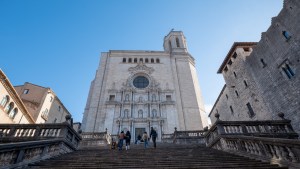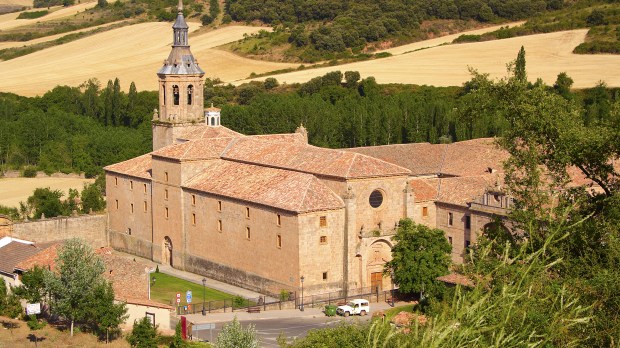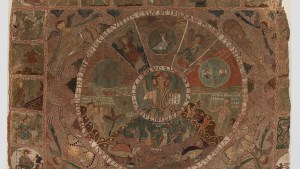St. Aemilian of Cogolla (San Millán de la Cogolla, in the original Spanish) was a prominent figure in the 6th century. He is revered as the patron saint of La Rioja, a major wine-producing region in northern Spain. Aemilian’s life was characterized by his deep spirituality, asceticism, and his contributions to literature and architecture.
Born in the town of Berceo, in the Kingdom of Navarre, Aemilian embraced religious life from an early age. His biographer claims he became a hermit or a gryrovagus (that is, a wandering monk) by the age of 20, living either in the mountains of Bilibio (today’s Haro La Vieja), or somewhere around one of the old Roman roads that are today part of the Camino de Santiago.
Eventually, he ended up living in the monastery that later adopted his name in honor of his remarkable influence – the monastery of San Millán de la Cogolla. The only problem is that there are two of those, one right next to the other: the monasteries of Yuso and Suso, the famed twin monasteries of San Millán de la Cogolla.
The two monasteries’ names, Suso and Yuso, mean the “upper” and the “lower” in archaic Castilian, respectively. Suso, the “upper” monastery, is the older building and is hence believed to be built on the site of the hermitage where St. Aemilian lived. But Suso’s major claim to fame is that of being the place where phrases in the Castilian and Basque languages were written for the first time. In fact, UNESCO acknowledges Suso as the birthplace of the modern written and spoken Spanish (that is, Castilian) language.
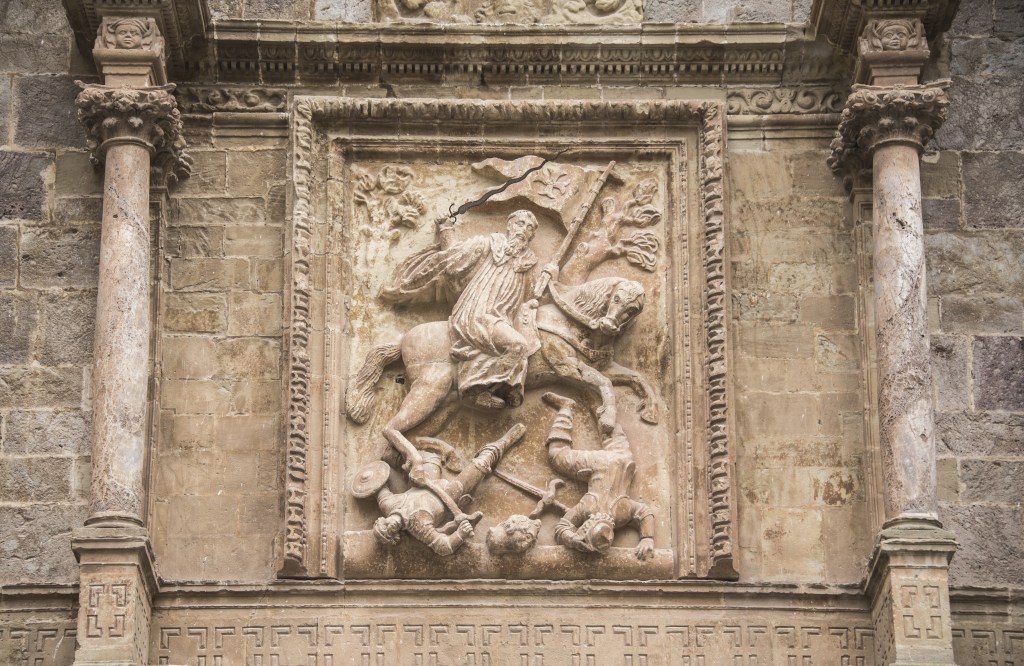
The phrases in Castilian and Basque are glosses on a Latin text known as the Glosas Emilianenses – that is, “the commentaries of Aemilian.” In fact, Aemilian’s impact extended way beyond his religious devotion. He played a significant role in the preservation and translation of ancient religious texts, thus making a major contribution to the development of the Spanish language. He transcribed the Gospels and other religious manuscripts into an early form of a Romance language that would eventually evolve into modern Spanish. These efforts were instrumental in safeguarding Spain’s Christian heritage during the Caliphate, and promoting literacy among the population even before universities were founded in Europe.
The monastery of Suso, where Aemilian resided, holds great historical and architectural significance. It is renowned for its Mozarabic architecture, a unique blend of Roman, Visigothic, and Islamic styles that emerged during the early Middle Ages in the Iberian Peninsula. The monastery’s structures, characterized by horseshoe arches, decorative motifs, and intricate stonework, showcase the fusion of the so-called three Hispanic cultures prevalent in the region.
Aside from his scholarly and linguistic contributions, Aemilian was reputed for his intercessory powers and the profound impact of his prayers. The people held Aemilian in high regard, seeking his counsel and relying on his assistance during times of distress.
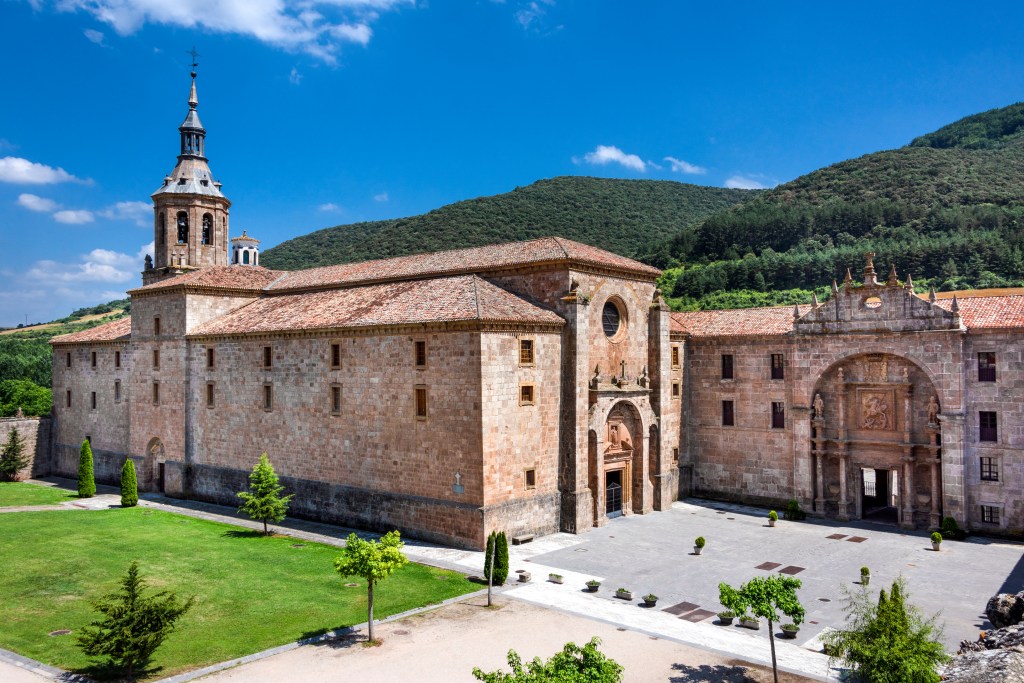
Following his death in 574, Aemilian’s tomb became a revered pilgrimage site, attracting visitors from far and wide. The monasteries of San Millán de la Cogolla, both Suso and Yuso, flourished as spiritual centers, further enhancing Aemilian’s legacy, although the town’s population fell significantly during the 20th century — there were just 293 inhabitants registered in 2009.
